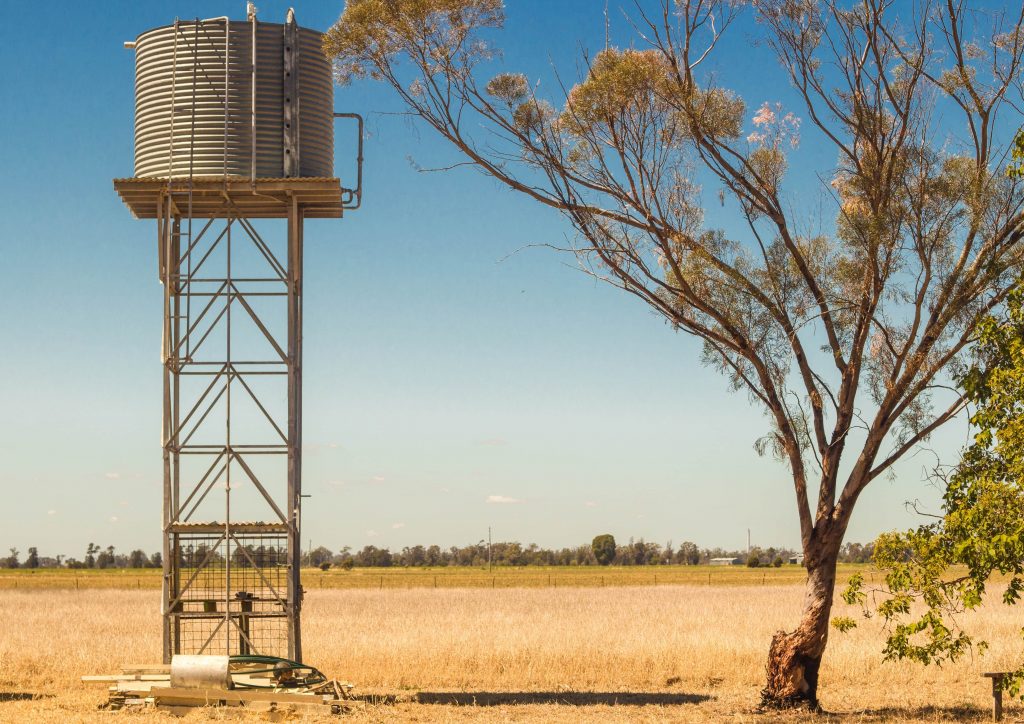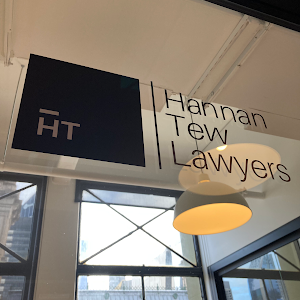
Australia’s Working Holiday Maker (WHM) program consists of the Working Holiday (subclass 417) and the Work and Holiday (subclass 462) visas. These visas permit young people with certain passports to work and holiday in Australia. Given the dual purpose, the permitted work is generally limited by condition 8547. That is, “the [visa] holder must not be employed by any 1 employer for more than 6 months, without the prior permission in writing of the Secretary.”
The six-month period begins from the day the visa holder starts work and includes any full-time, part-time, casual, shift and voluntary work. It is based on the number of months that have passed since commencing work, regardless of the number of hours or days worked.
This article details how to obtain permission to work for longer than six months with one employer.
When are WHMs taken to have permission to work longer than six months with one employer without a request?
In certain cases, WHMs are taken to have permission to work longer than six months with one employer without a request. This includes work in:
Certain high demand industries in Northern Australia
- Fishing and pearling;
- Tree farming and felling;
- Construction; and
- Mining.
Northern Australia refers to certain areas in Queensland, Western Australia and all of the Northern Territory.
Different locations for the same employer, where work in any one location does not exceed six months
For the purpose of the 8547 work limitation, the term “employer” means the business or organisation for which the visa holder is directly working – that is, the end user. This means that a visa holder may be employed by the same employment agency, labour hire company, or contractor for more than six months, but may not provide services to the same end user for more than six months.
However, a visa holder may be employed by the same end user for a combined total of more than six months, provided the work is undertaken in different locations and work in any one location does not exceed six months. For example:
- Moving from one orchard farm to a farm at a different location despite being employed with the same business;
- Moving from the Sydney office of an end user to the Melbourne office of the same end user;
- Working for an associated business / entity with different ABNs;
- If the person is self-employed and provides services to the same business for more than six months as long as that business is not the only business they provide services to during that time; or
- Working remotely full-time or at home counts as a change in location.
Plant and cultivation work anywhere in Australia
Plant and animal cultivation includes most agricultural work, specifically:
- the harvesting and/or packing of fruit and vegetable crops;
- pruning and trimming vines and trees;
- general maintenance crop work;
- cultivating or propagating plants, fungi or their products or parts;
- processing of plant products;
- maintaining animals for the purpose of selling them or their bodily produce;
- processing of animal products including shearing, butchery, packing and tanning; and
- manufacturing dairy produce from raw material.
But does not include:
- general garden maintenance;
- maintaining animals for tourism or recreational purposes; or
- secondary processing of animal products, such as small goods processing and retail butchery.
Natural disaster recovery work anywhere in Australia
This includes:
- construction, farming, or any work associated with recovery or restitution of land, property, farm animals or wildlife;
- providing support services or assistance to people living, working or volunteering in affected areas;
- clean-up, construction or any work associated with restitution or restoration of services, land, waterways, property or infrastructure; and
- coordination support, including services for insurance companies and local, state and federal government organisations and community and evacuation centres.
Critical sectors anywhere in Australia
Permission to work in Australia for more than six months for one employer is given to workers in critical sectors anywhere in Australia, including:
- Agriculture – farming activities, food processing of plant and animal products for human or animal consumption;
- Health – work carried out in hospitals and related to providing or supporting health services (e.g. doctors, nurses, dentists, medical / dental support staff, medical imaging, mental health, radiology, medical machinery services, cleaning services);
- Aged care and disability – aged care and disability services, carers;
- Childcare – nursery / crèche worker / aide / attendants, family day care workers, nanny / au pair, out of school hours/vacation care workers, child protective/welfare specialists/workers;
- Tourism and hospitality – work directly related to providing a service to tourists:
- Accommodation – working in hotels, motels, bed and breakfasts, and backpacker hostels, caravan parks and camping grounds, commercial housekeeping services, boarding houses, guesthouses and reception centres;
- Food and beverage sector – working in cafes and restaurants, takeaway food services/businesses, catering services, pubs, taverns and bars, hospitality clubs;
- Occupational services – tourist guides and operators, outdoor adventure or activity instructors, such as dive instructors, tourist transport service workers, such as tour bus drivers, gallery or museum managers, curators or guides, travel agency and tourist information workers, event and entertainment venue workers.
Applying for a 6 month work limitation extension
In other cases, requests to extend the employment period beyond six months may be approved in limited circumstances, for example, where the visa holder:
Has lodged a valid application in Australia for another visa which is processing and that would allow ongoing full-time employment
Department policy is that permission may be granted for an extension of the six-month limitation if the visa holder has applied, as a primary or secondary applicant, for a visa that would allow them to continue full‑time work with the same employer. This includes for example, the Skills in Demand (Subclass 482) (SID) visa. However, policy is clear that applications for a visa such as a Student visa that would allow the visa holder to have restricted / limited work with the same employer do not satisfy the requirement.
Is undertaking critical work for their employer
There is also a broader basis for permission where it can be demonstrated that the visa holder is undertaking work that is critical to their employer. The employer will need to attach a supporting letter outlining the reasons why the visa holder must continue work with the request. An example include where the visa holder’s work is critical to a project that takes longer than expected (for example, a lawyer working on an extended trial).
How to make a request for permission to work longer than six months with one employer
Requests for permission to work longer than six months with one employer should:
- be submitted before the expiry of the six month work period (at least 2 weeks prior);
- be made through the Department’s online portal;
- include the visa holder’s details and the reference number of the WHM visa they currently hold;
- include their employer’s business and contact details;
- specify the employment’s industry, occupation, nature of the work being undertaken, and workplace location;
- specify when they commenced working with their employer and when the six‑month period will end;
- give full details of the relevant grounds for which they are seeking permission to work longer than six months;
- specify how long they wish to continue working for their employer; and
- provide supporting documentation from the employer, for example, a one-page letter on company letterhead outlining the exceptional circumstances.
If an Authorised Recipient or Legal Practitioner / Migration Agent / Exempt Person is assisting with the request, a completed Form 956A or Form 956 must be attached.
How long will the permission cover?
The permission will cover the remaining period of the WHM visa. The six-month period will reset if a new WHM visa is granted, or when a bridging visa with the 8547 visa condition attached to it comes into effect.
What happens after I submit the request?
If you have submitted the request, you can continue working for the same employer until you receive a written outcome for your request. Due to the high volume of requests, the Department will not provide individual confirmation that they have received the request.
Any questions?
The WHM program provides opportunities for both skilled young people and employers looking to fill short time employment opportunities. A nuanced understanding of the program and its requirements can help make it valuable for both parties – Hannan Tew can assist with this.
If you need legal assistance or have an immigration related query, get in touch with our experienced team. Contact us by email at [email protected] or by phone at +61 3 9016 0484. You can also subscribe to our newsletter for the latest Australian immigration news straight to your inbox.


Hello,
I am currently in Brisbane, holding a 417 visa, and my.
I am currently working for a company called Rose Coatings Pty Ltd, which specializes in painting and high-altitude rope access work. We work at various locations and community buildings, and each project does not exceed six months.
Question:
Under these circumstances, do I need to apply for a waiver of the 8547 condition?
Thank you
Hi Chi,
That can be a tricky question, so one of our lawyers would be best placed to answer.
Feel free to contact us at [email protected] to discuss further.
Kind regards,
Hannan Tew
Hey Alyse, nice article! I’m currently on a 417 visa. My partner is applying for a 482 visa and I am a secondary applicant. Are you confident that being a secondary applicant qualifies me for the clause “you have applied for a visa that allows you to work full time”?
My partner’s lawyer has advised differently.
Hi Mike,
Policy suggests that it doesn’t mater whether you are a priamary ror secondary applicantm as long as the visa you apply for allows full time work (see here: https://immi.homeaffairs.gov.au/what-we-do/whm-program/specified-work-conditions/WHM-condition-8547-permission-request-form).
Worth a shot applying in any case? Feel free to contact us at [email protected] if you’d like our assistance.
Kind regards,
Hannan Tew